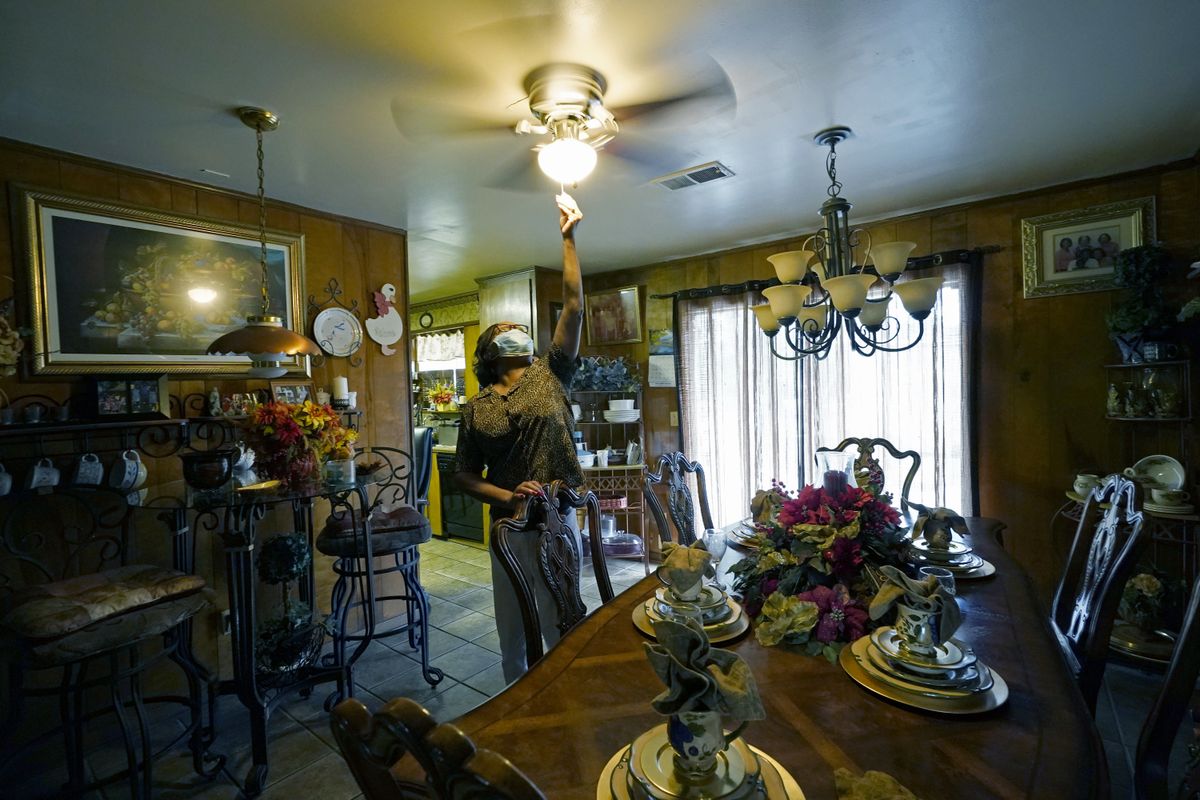
You may have already noticed a significant bump in your energy bill with the recent drops in temperatures, but there are a lot of inexpensive or no-cost ways to help save energy and save money throughout the cold season.
Ceiling fans aren’t just for the hot months. When it gets cold, switch the fan blades to spin clockwise. The blades will draw cold air up, pushing the warm air down. This ensures all your heated air doesn’t just linger near the ceiling, but is recirculateddistributed to the lower levels of the room where you can feel it.
Install dimmer switches. We begin to rely on electric light a lot more once the days get shorter. Dimmer switches allow you to keep rooms lit while reducing the intensity of the light, saving electricity and reducing stress on your eyes later in the day.
Match pot and pan sizes to the appropriate burners. The cold months call for hot food, so we find ourselves at the oven and stove top much more often. A small pot or pan on a larger burner wastes energy because so much of the heat is being lost to the surrounding air instead of being absorbed directly into the cookware. Large cookware on a small burner takes a lot longer to heat up than it would on a larger burner, which also wastes energy.
Of course, you’ll have to occasionally check on items, but you lose a substantial amount of heat when you open the oven door, so only do so when necessary. Not only does this save energy, but it maintains consistency while baking.
Make use of smaller appliances when possible. Instead of heating, toasting or warming a small pan of food in a full-sized oven, opt for a toaster oven instead. It requires much less energy to heat up and can do many of the same jobs.
Turn the thermostat down. Avista recommends setting the thermostat to 68 degrees when home and 60 degrees when out of the house. You can also set the thermostat down while you sleep. It makes a great excuse to invest in some warm, cozy blankets. According to the U.S. Department of Energy, you can save as much as 10% a year on heating when turning the thermostat down 7-10 degrees from its normal setting for eight hours a day. Once the temperature in your house drops below its average temperature, it will lose energy more slowly to the surrounding environment.
Invest in warm, comfortable clothes. You don’t have to be miserable after turning down the thermostat. Have a few go-to sets of warm clothing items to wear around the house, like thick socks, slippers, long underwear, thick sweaters or robes. If you make it routine to wear warm clothing in the house, you won’t notice the lower temperatures nearly as much.
Use less hot water. The Department of Energy says water heating is the second-largest expense in the home, making up at 14%-18% of the utility bill. Be cognizant of how long you use hot water during showering and washing dishes, and don’t let the water run for a long time as you wait for it to heat up. Wash as much of your laundry as possible in cold water and always use cold rinses. Lower the temperature of the water heater to 120 degrees. For every 10 degree reduction in temperature, it is possible to save 3%-5% of heating costs. Insulate your hot-water storage tank according to the manufacturer instructions.
Air dry your dishes. Instead of relying on the hot air setting of the dishwasher, simply allow your dishes to air dry. It’s free and uses far less energy.
These small changes may seem insignificant at first, but they can add up quickly. Try it out and see if you notice any changes to your next utility bill.
"save" - Google News
November 20, 2020 at 11:33AM
https://ift.tt/35K52tF
Water Cooler: Low-cost ways to save energy and money during the cold months - The Spokesman-Review
"save" - Google News
https://ift.tt/2SvBSrf
https://ift.tt/2zJxCxA
Bagikan Berita Ini














0 Response to "Water Cooler: Low-cost ways to save energy and money during the cold months - The Spokesman-Review"
Post a Comment